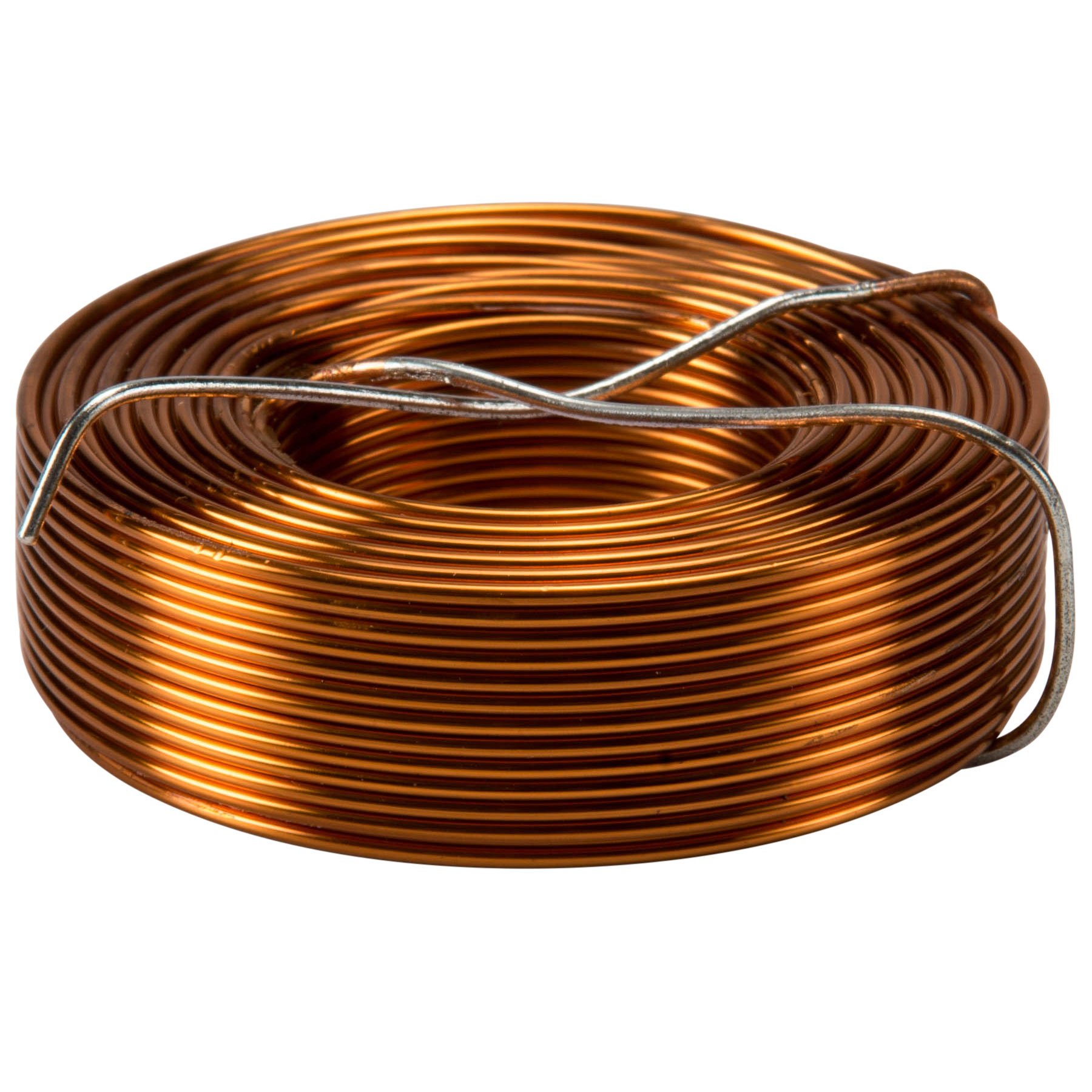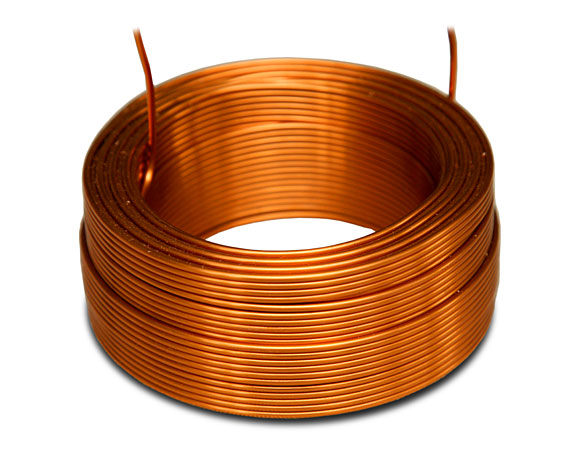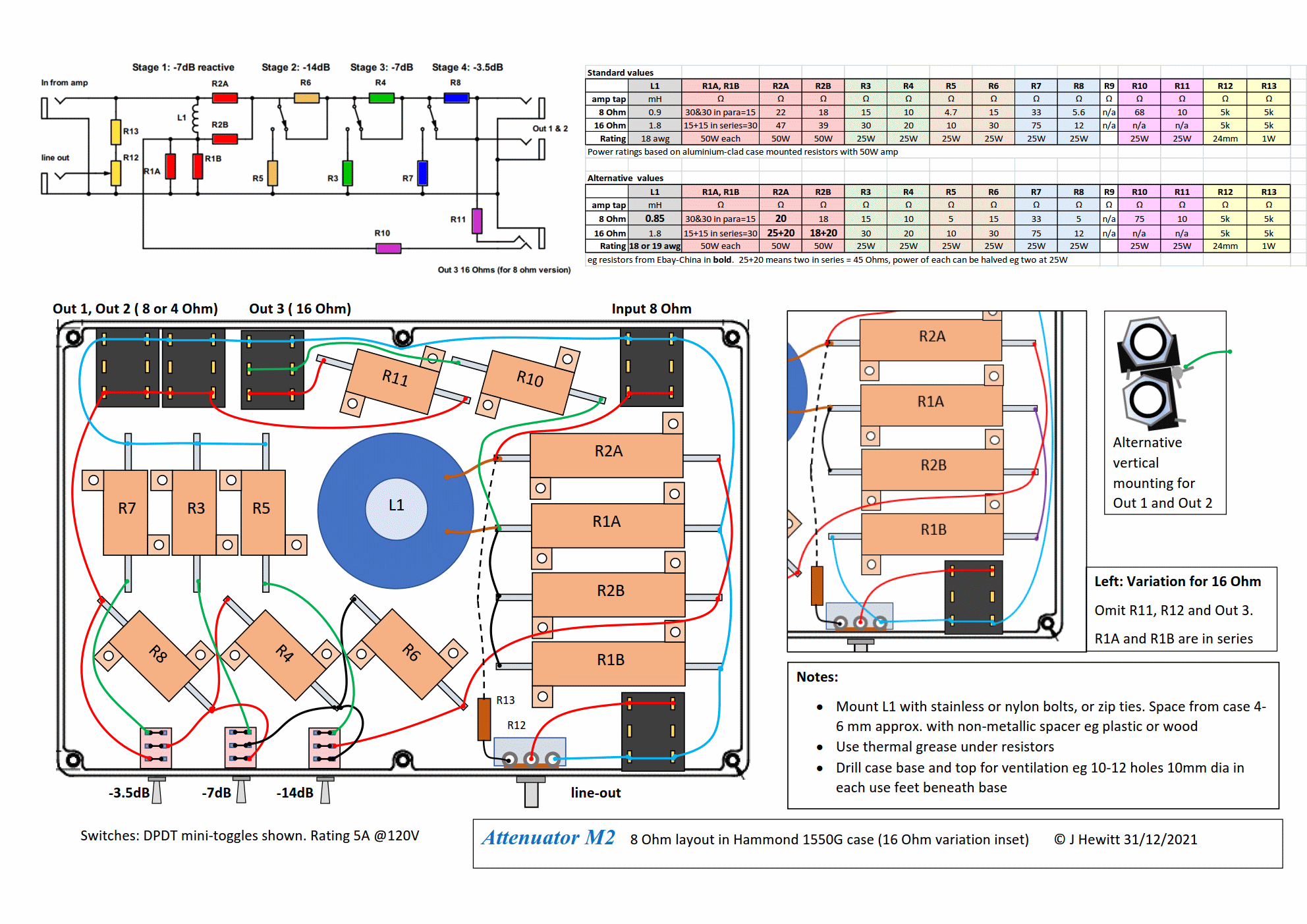matttornado
Well-Known Member
- Joined
- Mar 14, 2012
- Messages
- 1,900
- Reaction score
- 1,510
So folks,
Having just built three of these units, I tested them extensively, in a sonic manner, as in no SPL meter! One was an M2/16ohm with an extra, tonally compensated 8ohm out and the other two were M2/8ohm with an added, tonally compensated 16ohm out. One of the M2/8ohm units has a fan installed! These made six of these units I've built! The first three were prototypes for testing, layout and reworks.
The test subjects were my Marshall SV20H head, a 16Ω 1960B, 4x12 with 98db Greenbacks and a 1965B 4X10 with 94db G10L-35s. I recorded a 1 minute-ish, cranking rhythm loop and for each test (except stepping through the stages) I let the loop crank at full attenuation for at least an hour or more. It should be noted that comparing a 98db speakers loaded cabinet to a 94db speakers loaded cabinet complicated the comparison, just a little bit.
Here are the sonic and heat results:
> Both the 8Ω and 16Ω units performed flawlessly, with no tonal artifacts and/or losses at all attenuation levels.
> On both units, the compensated out (for 16Ω on the 8Ω unit and 8Ω out on the 16Ω unit) retained all tone, but did indeed give just a tiny bit more attenuation (I'd guess around 1 or 2 db) than using a cabinet "native" to the unit's input impedance.
> All three units heated up pretty well (not burn your hand hot, but almost as hot as a fresh cup of coffee), but the one 8Ω unit with a fan, cooled down to just barely "luke warm" with the fan running!
My conclusion is that this attenuator design is "BY FAR" the best ever conceived, retaining all tone, feel and response throughout its range of operation! When properly ventilated and heat sinked, it requires no fan up to about 30 watts, fully cranked for long perioids of time. Anything above 35 watts and yup to 50 watts, fully cranked should utilize a fan!
Now, FWIW, the reason I've built/am building so many of these, is that every time I get one finished and folks hear/see it, someone wants to buy it! I use them all the time, so I need to have at least an 8Ω & 16Ω unit on hand, for my own use! Here ar pics of #4 & #5, and I'll get pics up of #6, once the fan guard/filters arrive and get installed! This is the formt I plan to use for all future 50 watt M2 builds, although, I've found some slightly more pleasing feet! Anyone interested in getting their hands on one of these, while avoiding the time/effort of building, can feel free to contact me privately, as custom features can be either added or deleted! I'm not a business and am not making these commercially, I simply want folks to be able to enjoy the liberation these units provide, for those not equipped to do a build themselves! They truly are the greatest thing since sliced bread!
Thanks 4 Looking!
Gene
M2/16Ω
Looks amazing!!!! I'd like to re house mine a well. Ttrying to find the perfect enclosure as I have a giant 300 watt resistor taking on the load at all times.






